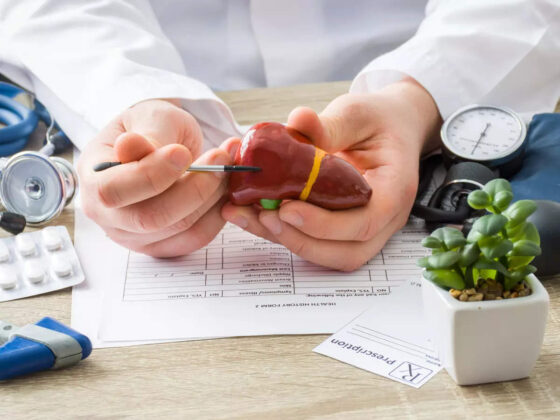Dispelling apprehensions that mild and moderate COVID-19 patients could transmit the disease if not tested before being discharged, the Union health ministry said available evidence does not indicate any increase in risk of the infection’s transmission in such cases. Such patients after being discharged will also follow home isolation for further seven days, the ministry said in its Frequently Asked Questions (FAQs) on the Revised Discharge Policy.
The ministry on May 9 issued the new discharge policy according to which coronavirus infected patients developing severe illness or having compromised immunity will have to test negative through RT-PCR test before they are discharged by a hospital.
- For moderate cases of COVID-19 and pre-symptomatic, mild and very mild cases, they need not undergo tests before being discharged after the resolution of symptoms.
- Available evidence does not indicate any increase in the risk of transmission from patients discharged based on the revised discharge criteria.
- Mild, very mild and pre-symptomatic patients admitted to a COVID care facility can be discharged after 10 days of symptom onset and no fever for three days.
- Patients clinically classified as “moderate cases” will be discharged after 10 days of symptom onset in case of absence of fever without antipyretics, resolution of breathlessness and no oxygen requirement.
- But in the both the cases – severe cases, and moderate, mild and pre-symptomatic cases– the patient after being discharged will have to follow home isolation for further seven days.
Why the discharge policy has been changed
Responding to a question over why the discharge policy was changed, the ministry said several countries have changed the criteria for discharge from ‘test-based strategy to ‘symptom-based strategy’ or ‘time-based ‘strategy.
“A review of ICMR laboratory surveillance data also indicated that after initial RT-PCR positive results, patients became negative after a median duration of 10 days,” it said.
Recent studies have also suggested that the viral load peaks in the pre-symptomatic period – two days before symptoms — and goes down over the next seven days.
“Being cured of a disease may have different connotations for the general public, treating doctors and the virologists. Unless there is a fear of resurgence of the infection and subsequent transmissibility of an infection, resolution of clinical manifestation is usually taken as an evidence for cure,” the ministry said.
What precautions should be undertaken during home isolation
Responding to a question over what precautions the patient should undertake during home isolation, it said the provision for home isolation of pre-symptomatic, very mild, mild confirmed cases of COVID-19 has been made, “provided that such patients are assessed to be eligible for the same in terms of their clinical status and feasibility to successfully isolate in home environment settings”.
This should be done after signing a self-declaration form by the patient, it said. Such patients, with no co-morbidities, should at all times use triple layered medical masks, the ministry said.
Patient must stay in the identified room and away from other people at home, especially elderlies and those with co-morbid conditions like hypertension,cardiovascular disease and renal disease, it said.
They should maintain strict personal hygiene and self-monitor their health with daily temperature monitoring and report promptly if they develop any deterioration of symptom, it said in the FAQs.











